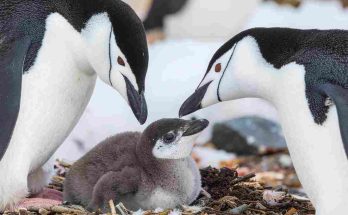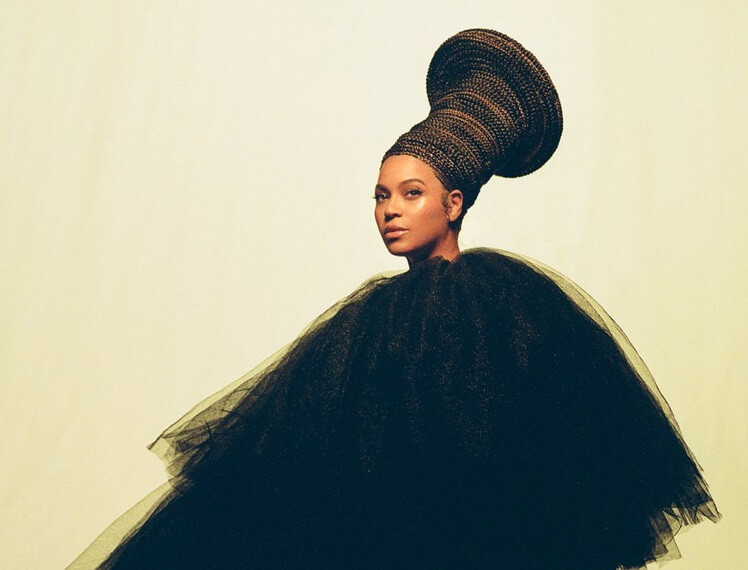
While Beyonce’s ‘Black Is King’ visual film remains a beautiful project, it has also generated some of the most controversial statements about Africa in the media.
Using statements like “Beyonce put Africa on the map” when describing ‘Black Is King’ sounds rather offensive, opinions I’m sure Beyonce herself do not hold.
That said, it is beautiful to see all the African references used in the film, from the costumes and hairdo to the dances and vocals. Black Is King should be seen as Beyonce’s way of paying homage to the great continent of Africa.
Here are the African origins of some of the most iconic hairstyles Beyonce wore in the ‘Black Is King’ film:
1. The Mangbetu crown of braids
I read an article in the American news and entertainment website PopSugar where the Black Is King hairstyle is described as “a braided beehive” – it was one of the funniest things to read about the topic.
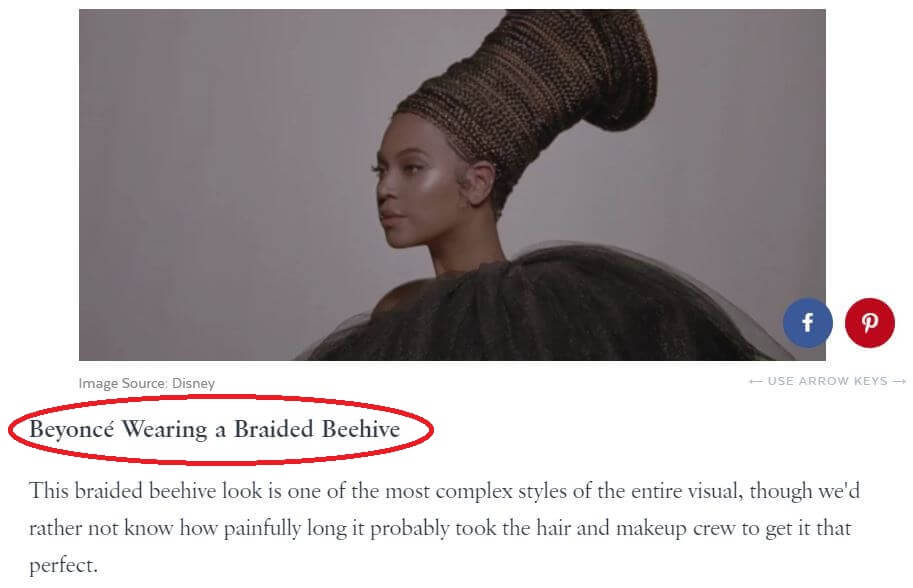
The crown of braids or braid basket Beyonce wore in the ‘Black Is King’ video originated from the Mangbetu tribe of Congo.

The Mangbetu People occupy the northeastern part of the Republic of Congo. The Mangbetu tribe is known for their cranial alteration – a culture of artificially altering the shape of the head to get it elongated. In Mangbetu local language, this custom is called “Lipombo”. Cloth or weaving cords are tightly wrapped around a newborn baby’s head and as the baby grows, the head forms an elongated shape.
To create the unique Mangbetu hairstyle, braids are woven round the elongated head and made to flare at the top to form a basket-looking crown. To create Beyonce’s Mangbetu hairdo, the stylist must have used stuffing to help the braids stand as Beyonce does not have an elongated head.
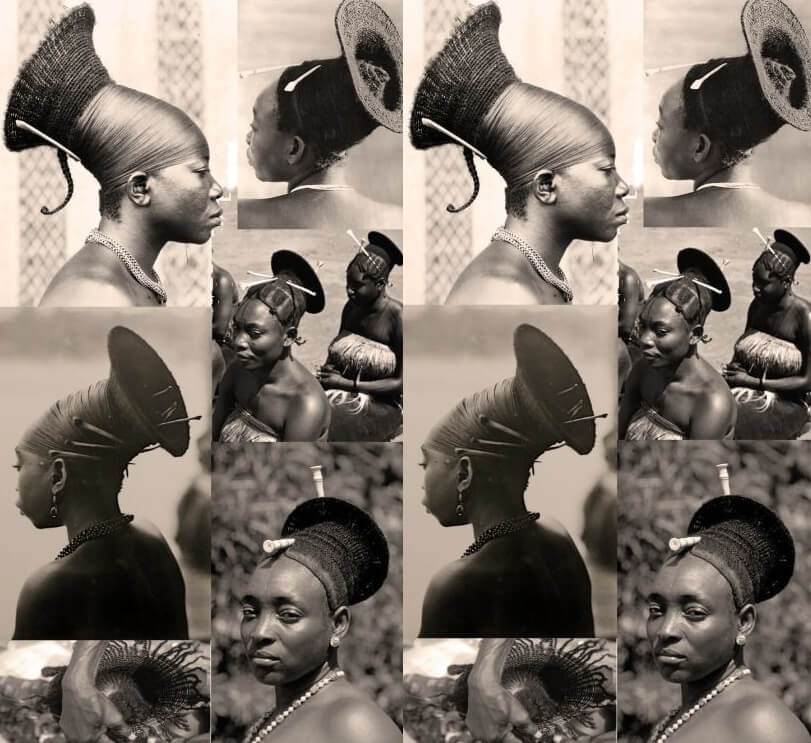
The Lipombo tradition of modifying the shape of the head is almost nonexistent today – it began dying in the 1950s with the arrival of Europeans and westernization in Congo.
2. Shuku

This hairstyle has its roots to the Yoruba women of Western Nigeria in the 60s and 80s. It was one of the most celebrated hairstyles for Yoruba women at that time, worn to parties, weddings and other special occasions.
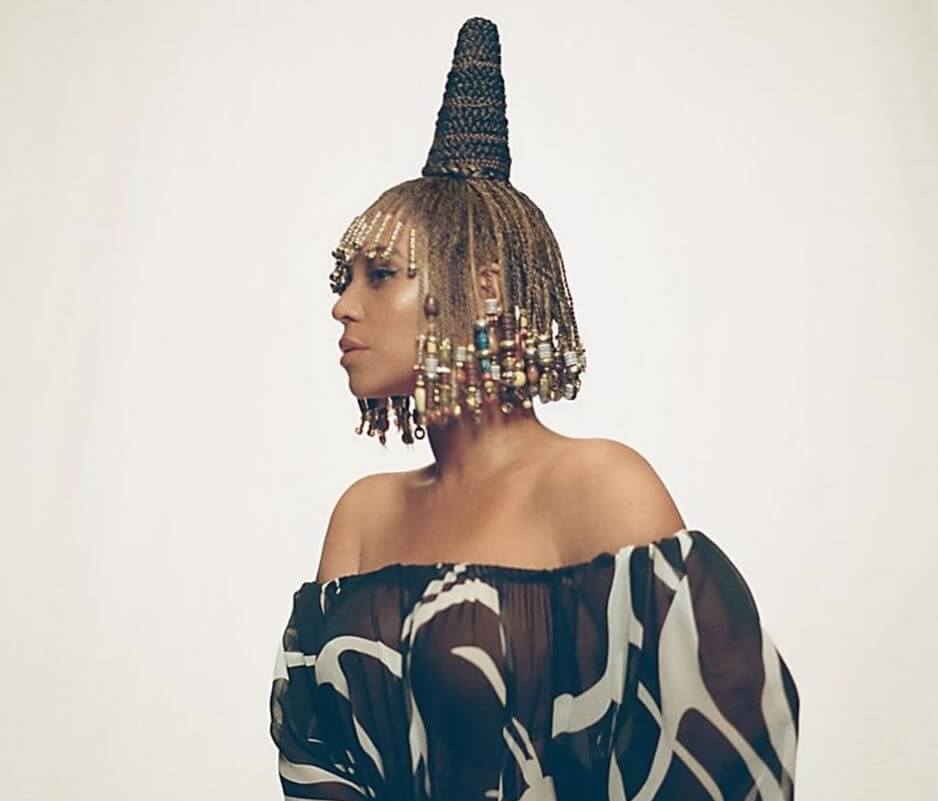
The hairstyle has been modified over the years and is today mostly done with hair attachments to create a more modern shuku look, like the one below.
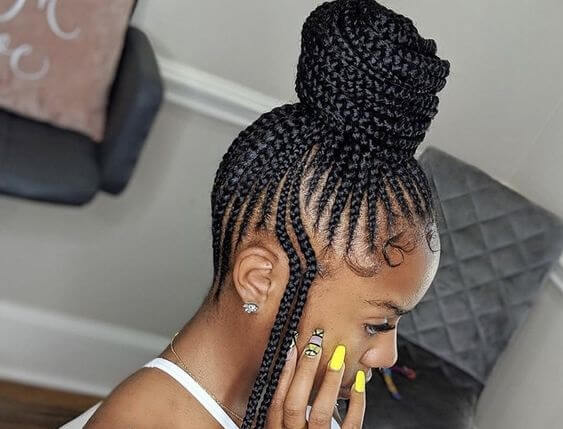
3. Horned head of the Mursi tribe

Women of the Mursi tribe in Ethiopia wear elaborate horn headdresses and lip discs made of clay as a symbol of beauty and identity.

4. Bantu knots
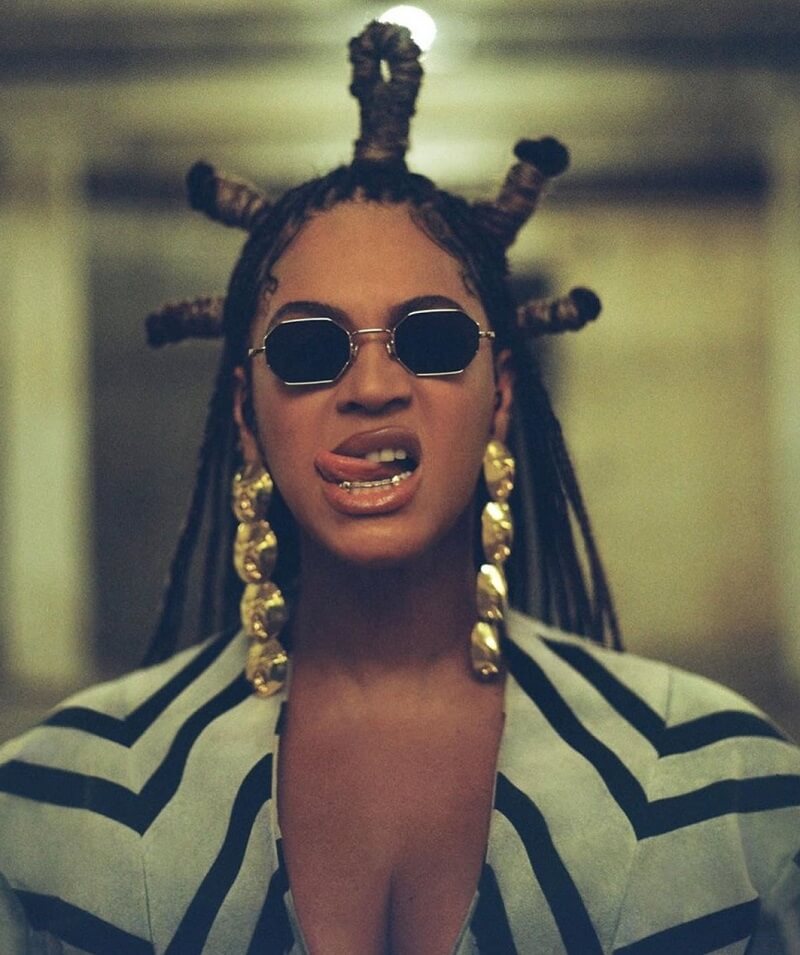
Bantu knots are a traditional African hairstyle that has been around for over 100 years.

Over 300 ethnic groups in Africa fall under the Bantu group that speak a common language, including the Shona people of Zimbabwe, the Zulu people of South Africa, the Luba people of the Democratic Republic of the Congo, the Sukuma tribe of Tanzania and the Kikuyu people of Kenya.
